High speed ahead: China seeks US rail role
Updated: 2015-10-23 11:35
By illiam Hennelly and Hezi Jiang(China Daily USA)
|
||||||||
Questions on revenue
"The annual revenue from the Chinese high-speed rail rides cannot even cover the interest from its debts," Zhao said. "The only line that's not losing money is the Beijing-to-Shanghai HSR, and maybe Beijing to Guangzhou in the future. The only profitable HSR line in the world is the Tokyo-to-Osaka rail."
Of a possible Export-Import Bank role, Zhao said: "Probably they didn't see very clearly and thought they could profit from it, but it's impossible. Or maybe the bank does it to promote itself, and Chinese companies want to go out for the sake of going out."
XpressWest, a subsidiary of Las Vegas-based Marnell Companies, a gaming-resort developer, last month unveiled plans for a 235-mile high-speed link between Victorville, California (and eventually Los Angeles) and Las Vegas along Interstate 15. It will be built by a consortium led by China Railway, from which it has received an initial $100 million investment.
According to a Sept 17 release on the XpressWest site, that team consists of: China Railway International USA Co Ltd, "a newly formed Nevada limited liability company owned by a consortium of the world's premier experts in designing, building, financing and operating high-speed passenger rail projects, including: China Railway International Co Ltd, China Railway Group Ltd, CRRC Qingdao Sifang Co Ltd, China Construction America Inc, CREEC USA and CRSC International Co Ltd".
XpressWest plans to start building by September 2016.
"As China's first high-speed railway project in the United States, the project will be a landmark in overseas investment for the Chinese railway sector and serve as a model of international cooperation," Yang Zhongmin, chairman of China Railway International, told Xinhua on Sept 17.
"The United States market is huge because the fact is that their railway tracks and facilities are aging and need upgrading," Cao Gangcai, CRRC's vice-chief economist, told Reuters in an interview on Sept 16, before the XpressWest deal was announced.
In Texas, another private venture by Texas Central Planners is looking to raise up to $12 billion to build a 240-mile HSR link between the Houston and Dallas-Fort Worth metropolitan areas. The company expects to break ground in 2017.
Central Japan Railway Co (JR Tokai) has been pushing for its technology to be adopted for the project.
"We are committed to shinkansen (bullet train)," Texas Central CEO Tim Keith told the Japan Times. The Japanese technology has "an unparalleled track record" of safety, he said.
Florida East Coast Industries, based in Coral Gables, has broken ground for All Aboard Florida, a $3 billion express passenger train between Miami and Orlando, expected to roll in mid-2017.
The Sunshine State's entry won't move much faster than the capability of a typical automobile: The train will travel an average of 81 mph with a maximum speed of 125 mph. (By comparison, the fastest train in the world, Central Japan Railway's maglev, set a speed record of 366 mph on a test track near Mount Fuji. The generally accepted minimum of what constitutes high-speed rail is 200 mph.)
The HSR back story in Florida was driven by state and national politics. The Obama administration had dedicated $2.4 billion (almost all of the funding) in January 2010 to build a Tampa-to-Orlando high-speed line. The 84-mile route (which many considered too short by HSR standards) would have gotten land for a stop from Disney World and was scheduled to roll this year, with a speed of 168 mph.
Florida's governor at the time, Charlie Crist, then a Republican, had received the federal funding commitment, but the HSR line was scuttled when Rick Scott, also a Republican and still the state's governor, rejected the money in February 2011, amid concerns Florida would be responsible for future costs, The New York Times reported then.
The plan also met resistance by some Republicans around the country because it would have given Obama a showpiece in a key state in the 2012 US presidential election.
Obama even included the line in his 2010 State of the Union address: "Tomorrow, I'll visit Tampa, Florida, where workers will soon break ground on a new high-speed railroad. There is no reason why other countries can build high-speed rail lines and we can't."
"You ever read The Power Broker?" asked Joseph Shelhorse of the US High-Speed Rail Association, referring to Robert Caro book's about the "master builder" of New York in the mid-20th century.
"If Robert Moses was in charge (of the Tampa-Orlando project), even without FRA approvals Robert Moses would have sent out dump trucks and just would have guessed where it was going to go and put down a million loads of fill and graded it and said, 'Listen, this project is underway."'
The US' fastest train is Amtrak's Acela Express, which runs from Boston to Washington. Its top speed is said to be 150 mph, but it averages around 70 mph.
The Federal Railroad Administration (FRA), which is part of the US Transportation department, has solicited applications for more than $10 billion in grants for HSR funding across the US.
So far, 39 states, the District of Columbia and Amtrak have requested more than $75 billion - far more than available - for projects and corridors across the country. Approximately 99 percent of the nearly $10.1 billion allocated to the HSIPR (High-Speed Intercity Passenger Rail) Program has been pledged, according to the FRA's website.
In an April speech to the USHSR, Sarah Feinberg, acting administrator of the FRA, said: "High speed rail and higher performing passenger rail are finally moving forward and delivering results. We're pushing for the growth of America's high-performance rail network - not because high speed trains and infrastructure are big-picture projects but because they are necessary.
"By the year 2050, 100 million more people will need to use our surface transportation system," she said. "We simply must improve and build out our rail infrastructure to give people the travel options they need and deserve."
To realize Obama's goal of giving 80 percent of Americans access to high-speed rail over a 25-year period, Congress made $8 billion available through the American Recovery and Reinvestment Act of 2009. Congress appropriated $2.1 billion more in fiscal years 2009 and 2010.
FRA has invested in five "mega-regions": Seattle-Portland, San Francisco-Los Angeles, Charlotte-Raleigh-NC, Midwest hub and Northeast Corridor.
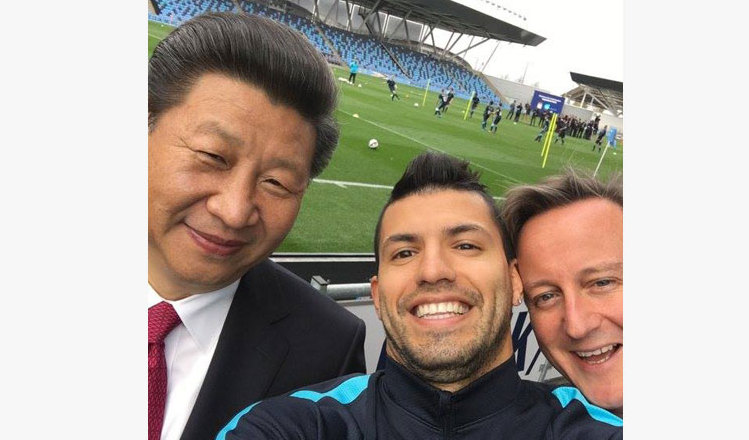
 President Xi visits Man City football club
President Xi visits Man City football club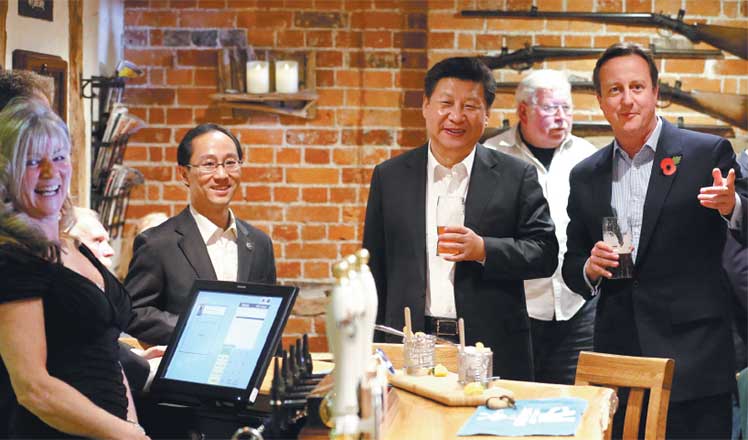
 British PM Cameron treats President Xi to beer, fish and chips in English pub
British PM Cameron treats President Xi to beer, fish and chips in English pub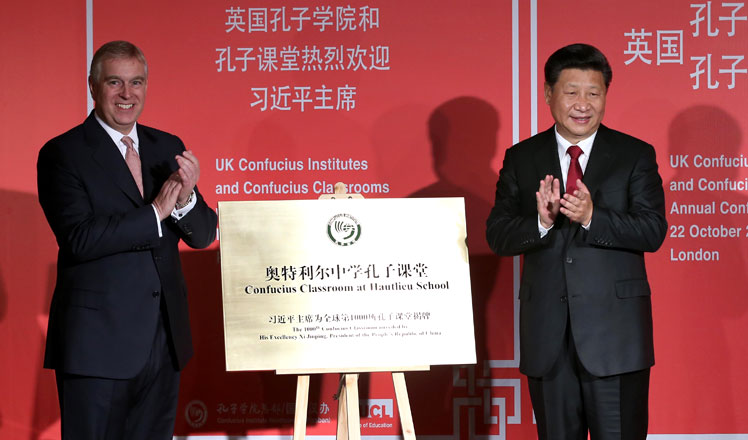
 Xi hails role of Confucius institutes
Xi hails role of Confucius institutes
 First Lady visits London's prestigious Royal College of Music
First Lady visits London's prestigious Royal College of Music
 From Bond to Beckham: Highlights of Xi's speech at the Guildhall banquet
From Bond to Beckham: Highlights of Xi's speech at the Guildhall banquet
 Beloved panda was wartime ambassador warming hearts of people
Beloved panda was wartime ambassador warming hearts of people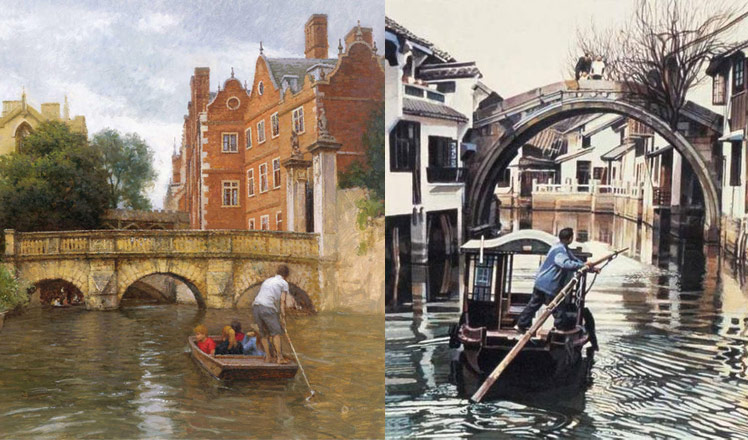
 China and UK in the eyes of each other's painters
China and UK in the eyes of each other's painters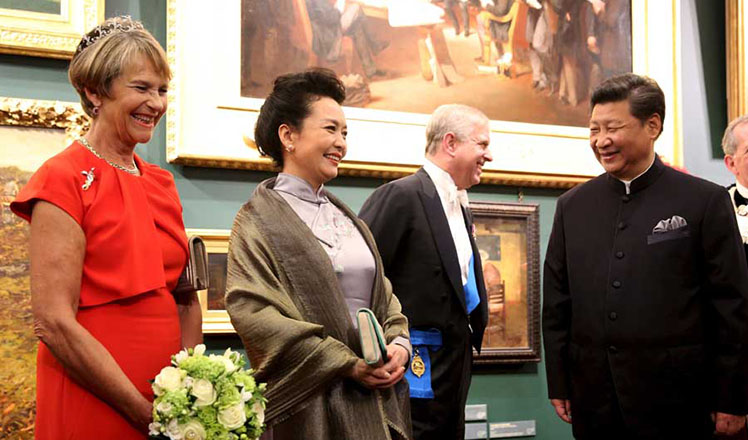
 President Xi, first lady Peng attend Guildhall banquet in London
President Xi, first lady Peng attend Guildhall banquet in London
Most Viewed
Editor's Picks

|

|

|

|

|

|
Today's Top News
Tu first Chinese to win Nobel Prize in Medicine
Huntsman says Sino-US relationship needs common goals
Xi pledges $2 billion to help developing countries
Young people from US look forward to Xi's state visit: Survey
US to accept more refugees than planned
Li calls on State-owned firms to tap more global markets
Apple's iOS App Store suffers first major attack
Japan enacts new security laws to overturn postwar pacifism
US Weekly

|

|








